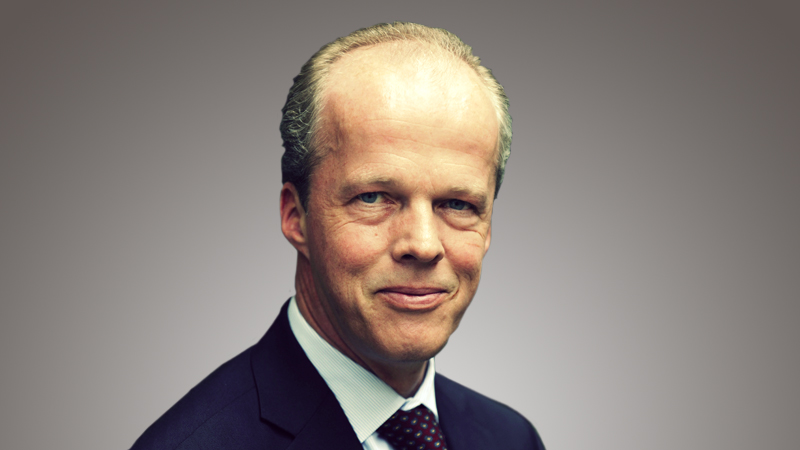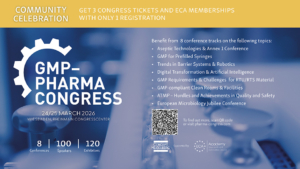
Why new approaches that target sepsis need support
With globally at least 30 million of cases per year, sepsis is a major health threat for which a specific adjunctive sepsis therapy beyond antimicrobial treatment, surgical source control and supportive intensive care measure is still missing.
With globally at least 30 million of cases per year, sepsis is a major health threat for which a specific adjunctive sepsis therapy beyond antimicrobial treatment, surgical source control and supportive intensive care measure is still missing. More than 60 late-stage clinical trials that assessed the efficacy of novel therapeutic approaches to modify the organ damaging host response to sepsis failed to deliver a marketable drug. This failure, despite huge investments, has prompted both big pharma and investors to almost completely abolish investments in this field. Given the high mortality rate, which is still in the range of 2540% for severe sepsis and 5060% for septic shock, from a patient perspective this is very disappointing.
The same is true also for the many small enterprises and highly engaged researchers from academia who based on the dramatically improved understanding of the underlying mechanisms leading to tissue damage, organ dysfunction and failure in sepsis developed promising novel therapeutic approaches. Paradoxically, many of such approaches were funded or co-funded by public national and European funding agencies in the early phases of development. However, currently there are no funding mechanisms in place, which would allow significant co-funding of clinical Phase II and Phase III studies by any public funding agencies. The costs for these crucial clinical studies typically range in the low double-digit to triple-digit million euro range. The consequences are that small companies with innovative approaches to modulate the immune response in sepsis need to reposition their assets outside the sepsis space in order to achieve funding and further develop the drug.
One way to get out of this dilemma and to overcome this inacceptable standstill in drug development within the sepsis field, could be to apply similar funding mechanisms including public funds which are currently being considered and put in place for the development of new antibiotics to deal with a continuous increase in antibiotic resistance. Such public funding and support would be a logical consequence in the best public interest, given the high and effective early-stage funding in this development area and the large unmet medical need. Models applied could incorporate strict rules of financing after review of a European expert panel and financial support could be arranged alongside set milestones potentially also accompanied by advice from the European Medicines Agency (EMA). Finally, financial returns into such funding vehicles could be warranted in case of a market approval and revenue flow for any successful new drug closing the circle of the public interest. Without such support, a significant draught can be expected in this important field of development, which would not be in the best public interest nor in the interest of physicians and their patients.
This editorial is co-authored by Konrad Reinhart and Niels Riedemann, CEO InflaRx.
Konrad Reinhart
is the Founding President of the Global Sepsis Alliance and with over 800 peer-reviewed publications one of the most renown sepsis researchers globally. The holder of several patents on sepsis markers and targets has been Director of the Clinic for Anaesthesiology and Intensive Therapy at the University of Jena since 1993. Reinhart has also been President of the German Sepsis Society and board member of international organisations such as the International Sepsis Forum (ISF).


 adobe.stock.com - Cathy
adobe.stock.com - Cathy freshidea / Adobe Stock
freshidea / Adobe Stock